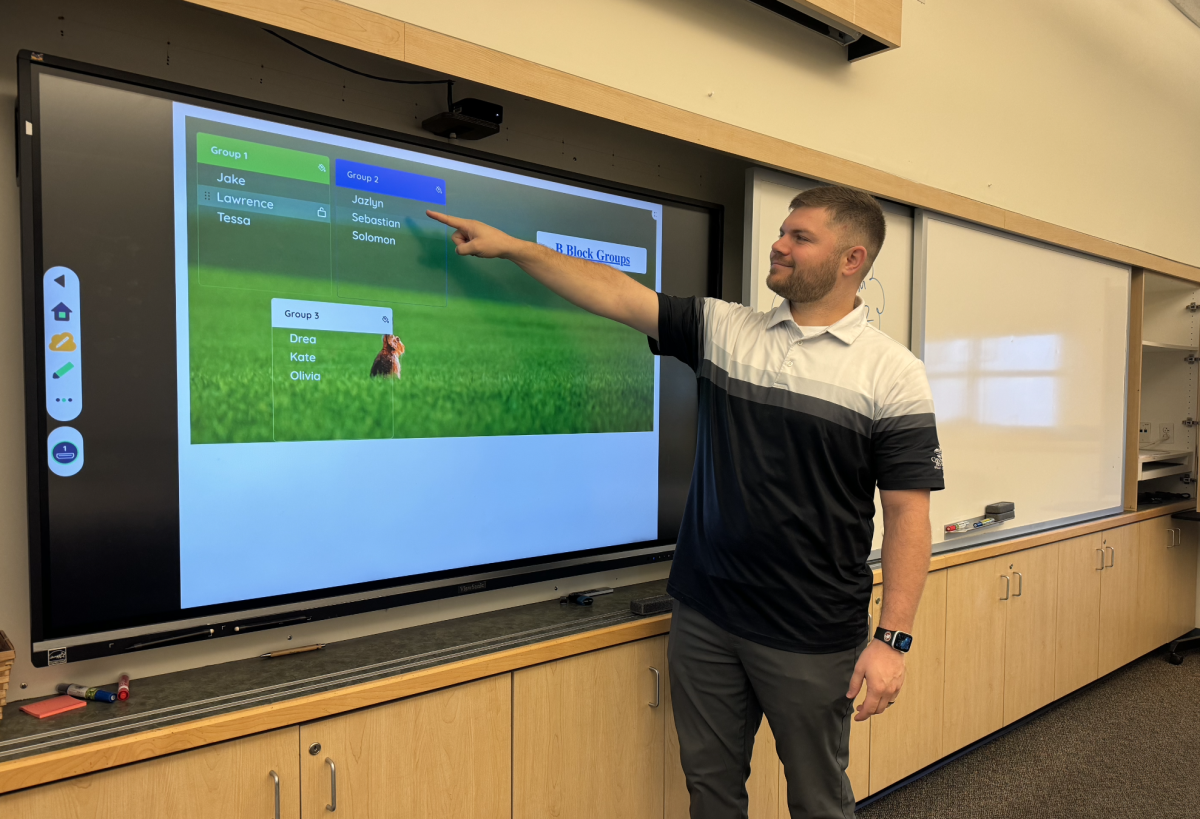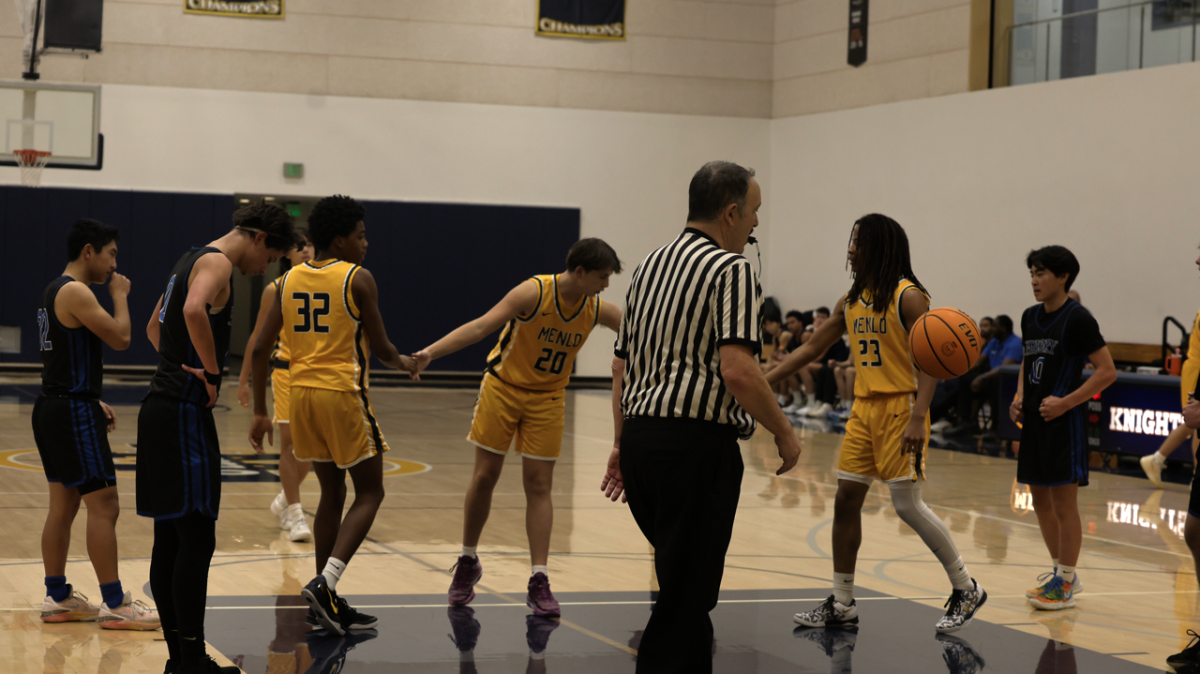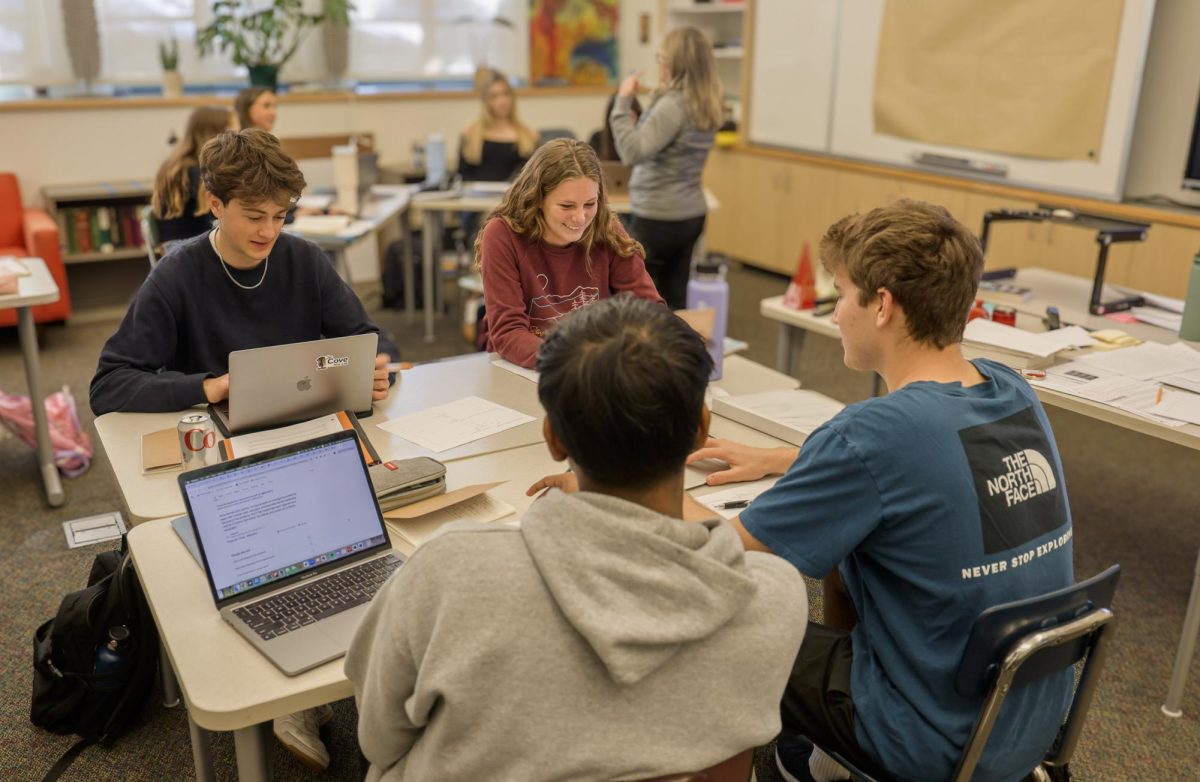Every math block last year, I would excitedly walk into math teacher Randy Joss’ classroom with a mix of excitement and nervous anticipation, wondering where his randomized seating chart would place me that day. Some days, I’d hit the jackpot, and I’d end up with my friends. Other days, I’d quietly sigh as I found myself surrounded by people I barely knew. Although initially disappointing, the latter scenario was the more valuable of the two.
I didn’t get to spend class time with my friends, which was comfortable and easy, in the latter situation. Instead, I was forced to collaborate and make conversation with people I’d never talked to before, which is probably one of the more awkward and uncomfortable aspects of Menlo classes. But through this awkwardness, I met some of my favorite people, formed friendships with those I wouldn’t normally spend time with and developed valuable conversational skills I took with me outside of Joss’ sophomore math class.
It’s a goal of each Menlo grade to have a bonded, spirited class. This means having a class where talking to everyone, even classmates outside of your immediate friend group, is normalized and encouraged. But how do we accomplish this if students only spend class time with their friends? Most Menlo teachers don’t assign seating, which opens the door for students to solely collaborate and socialize with their friends.
To accomplish our goal of a bonded class, teachers should randomize class seating so that students have a chance to interact with new people. Not only does interacting with new people allow students to learn from each other, create future connections and practice conversing with others, but not sitting with friends also limits distractions and helps students stay on task.
While assigned seating may create an initially tense atmosphere when it comes to conversing and working with new people, it also eliminates potentially awkward situations stemming from free seating. You can avoid asking yourself questions like ‘Who should I sit with?’ or ‘Is it weird if I sit with that new group?’
While I believe any kind of assigned seating benefits a grade’s bonding, I think the most effective way to accomplish this goal is to randomize seating for each day of class rather than long-term seating assignments. Not only does this technique make each class more exciting, but it also means that students have a chance to interact with new people every day.
Some might argue that assigned seating makes students feel less comfortable, which decreases productivity. However, embracing that discomfort leads to positive growth at an individual and community level.









